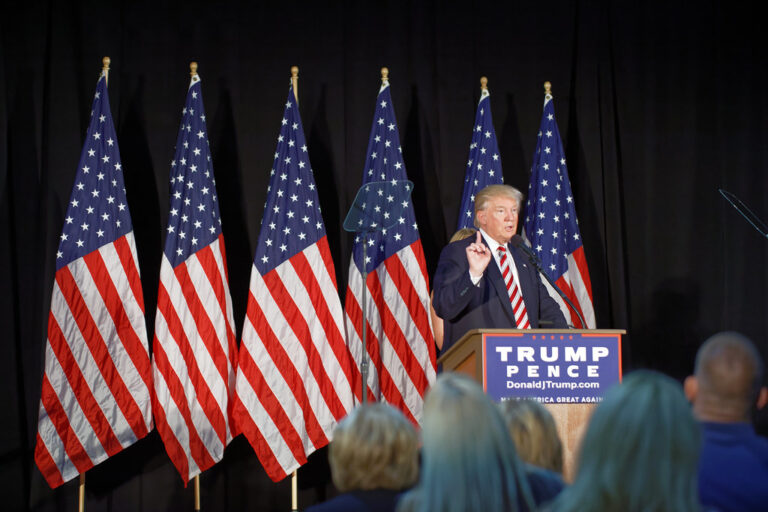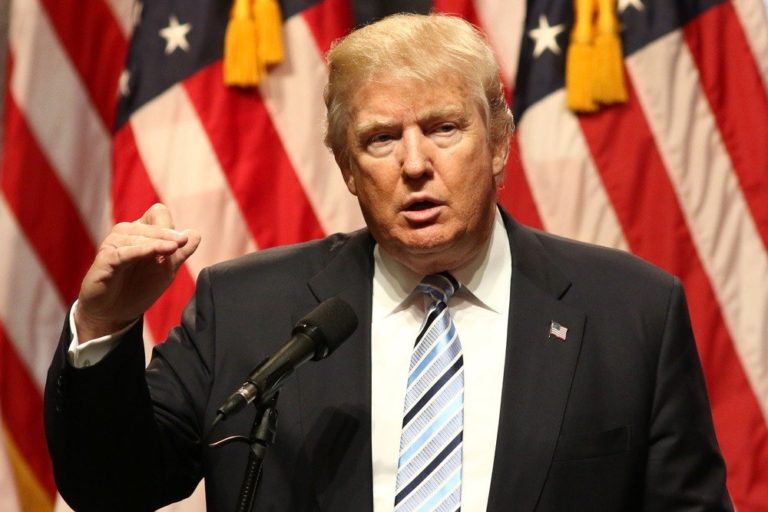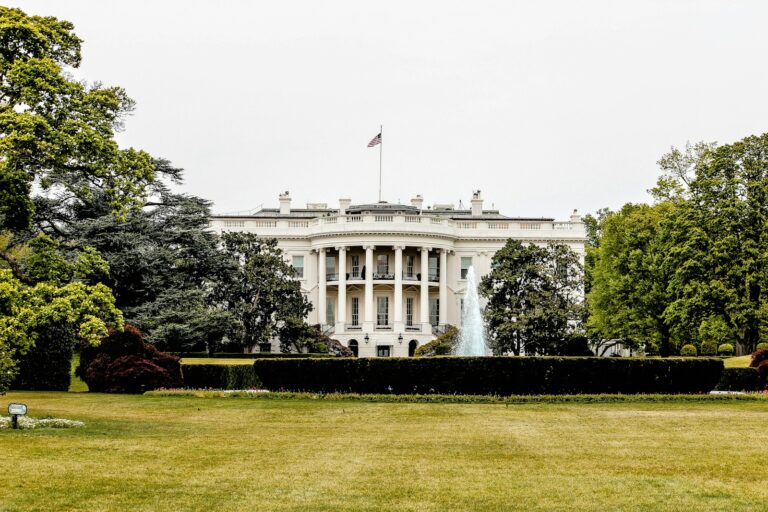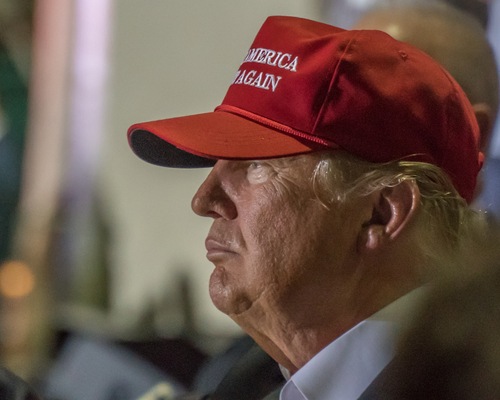Key Takeaways
– House approved the big budget bill by a 218 to 214 vote
– Two Republicans stood against the measure
– Critics warn the plan will swell the national debt
– The legislation adds 3.3 trillion dollars over ten years
– Congress sends it next to the presidents desk
Narrow Passage in the House
On Thursday afternoon the House of Representatives passed the major budget bill known as the One Big Beautiful Bill. In a close vote the measure advanced by only four votes. Even so the legislation cleared a key hurdle and now heads to the final step before becoming law. The vote marked a hard fought victory for the White House and party leaders in Congress.
Republican Opposition
Meanwhile two Republican lawmakers refused to back the deal. They broke ranks partly over worries that the plan dumps too much debt onto future budgets. One of these members cast an early procedural vote but ultimately rejected the final package. He argued that while the name hinted at grandeur the contents fell short of his fiscal standards. The other member had supported the measure in its first version but objected to later changes. He explained that the new terms altered key protections for health care in his home district.
Concerns About the Deficit
Indeed critics point to the nonpartisan budget office estimate which shows a massive 3.3 trillion dollar increase in the national debt over ten years. In addition the Senate made further adjustments that raise that projected total by another nine hundred billion dollars. As a result deficit hawks warn of rising borrowing costs that could squeeze future spending plans. They fear that debt service could crowd out funding for infrastructure and national defense.
What Is in the Bill
The budget package includes several major spending priorities. It boosts funding for energy initiatives aimed at reducing power bills for middle income households. It also expands tax credits for child care and low income workers. Moreover the law extends certain health care subsidies that are set to expire. In addition it directs more resources to roads airports and other critical projects. Meanwhile the plan trims Medicaid payments to states by two hundred billion dollars over ten years.
Impact on Medicaid Access
Opponents of the Medicaid cut maintain that the move will harm vulnerable populations. They argue that states may be forced to reduce eligibility or limit services for patients with complex needs. Conversely supporters say that the savings will help pay for new programs that lift more families out of poverty. They add that the measure balances social support with fiscal discipline.
Reactions From the House Dissenters
One lawmaker stressed that he values thoughtful compassionate policy that truly serves his community. He noted that when the Senate altered the Medicaid provisions he could not in good conscience support the bill. He emphasized his pledge to fight only for measures aligned with his district’s needs. His fellow dissenter likewise voiced concern over the growing debt burden. He said that passing the bill would add too much risk to the economy and the next generation.
Political Stakes and Deadlines
The bill reached the House just in time to meet the presidents self imposed July four deadline. Meeting that timeline serves as a symbol of the administration’s promise to move quickly on its agenda. However critics say that rushing major legislation can lead to oversight of important details. They point out that the quick turnaround left little room for debate on far reaching changes.
What Comes Next
With the House approving the unchanged Senate version the budget bill now goes to the presidents desk. Upon his signature it will become law. That final step could occur any day since both chambers passed the same text. After enactment federal agencies will begin planning to allocate the newly authorized funds. They will also prepare to enforce the policy changes in health care and tax credits.
Longer Term Consequences
Looking ahead the new spending could reshape the policy landscape for years to come. Supporters expect the energy and infrastructure provisions to boost economic growth and modernize key systems. They also highlight the extension of social assistance as a rebound tool after tough economic times. On the other hand critics warn that higher borrowing may limit lawmakers ability to fund future emergencies. They say that mounting interest payments could leave little wiggle room for next year’s budget talks.
Public Opinion
Surveys show a divided public view on the budget package. Some voters praise the child tax credit and energy rebates as helpful relief. Others worry that the long term cost will outweigh short term gains. In several districts the debate already influences campaign themes for upcoming elections. Candidates on both sides cite the vote as proof of their commitment to fiscal responsibility or social investment.
Lessons for Lawmakers
This episode offers a lesson in party unity and dissent. It shows that even in tight majorities a few members can steer debate and influence public perception. Moreover it underscores the tension between party loyalty and personal conviction. As a result future leaders may weigh the benefits of compromise against the risk of losing core supporters.
Conclusion
In the end the One Big Beautiful Bill survived a tense vote in the House despite two prominent Republican no votes. The measure promises notable gains in social programs and infrastructure while raising serious debt questions. Now with the legislation on its way to the presidents desk attention will shift to how agencies implement the new law. Meanwhile the dissenters and their allies will continue to monitor the national debt and push for more balanced budgets.









